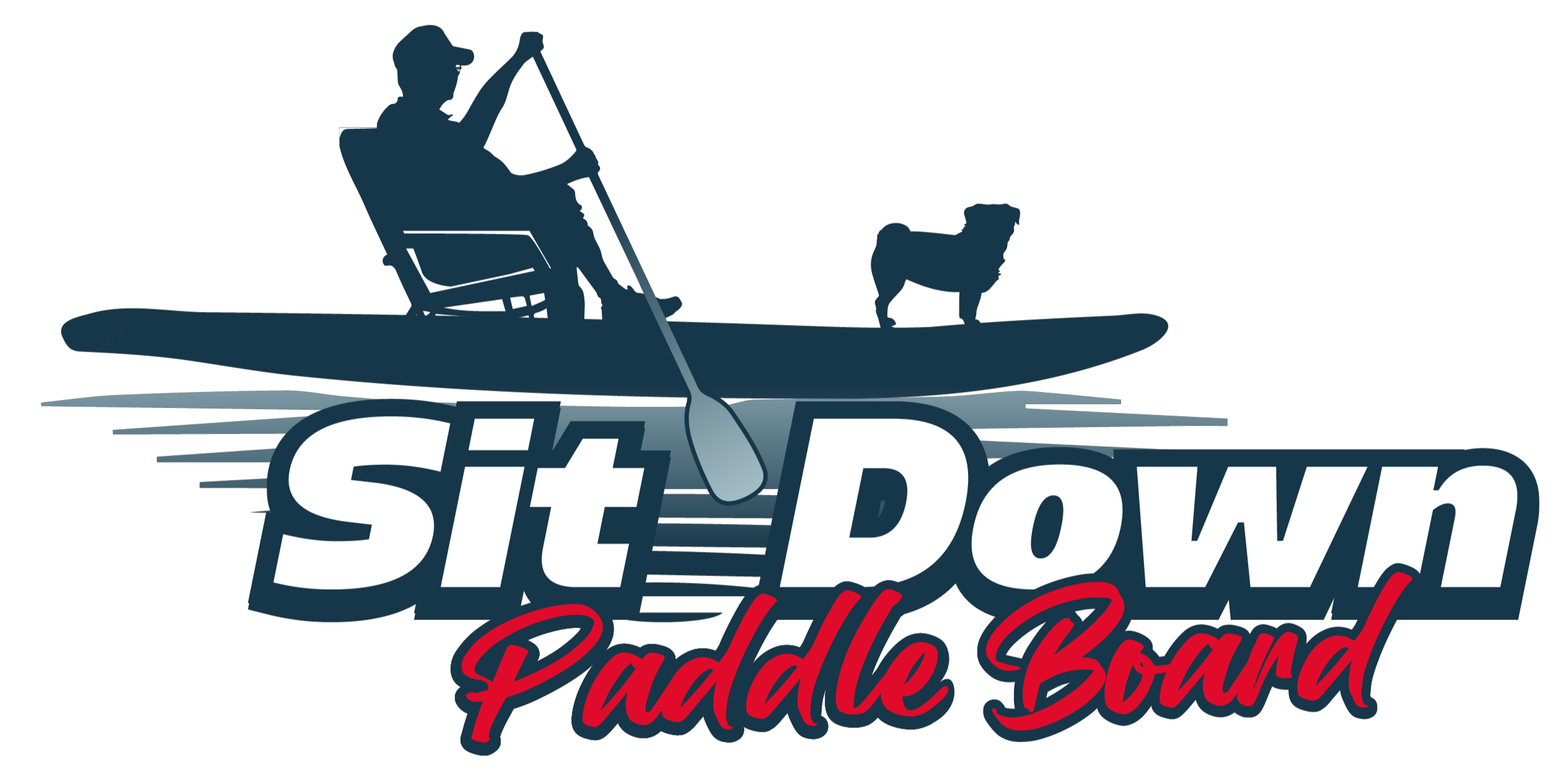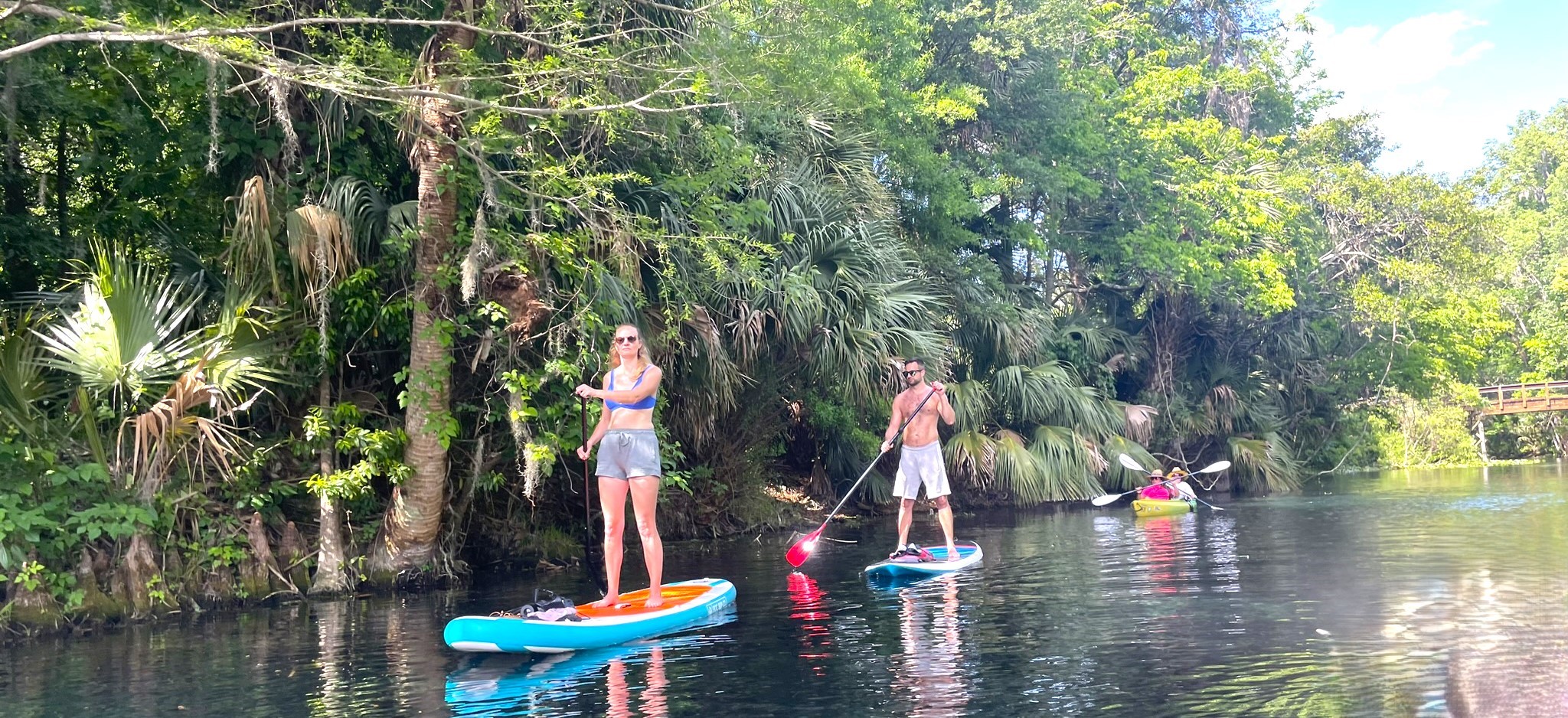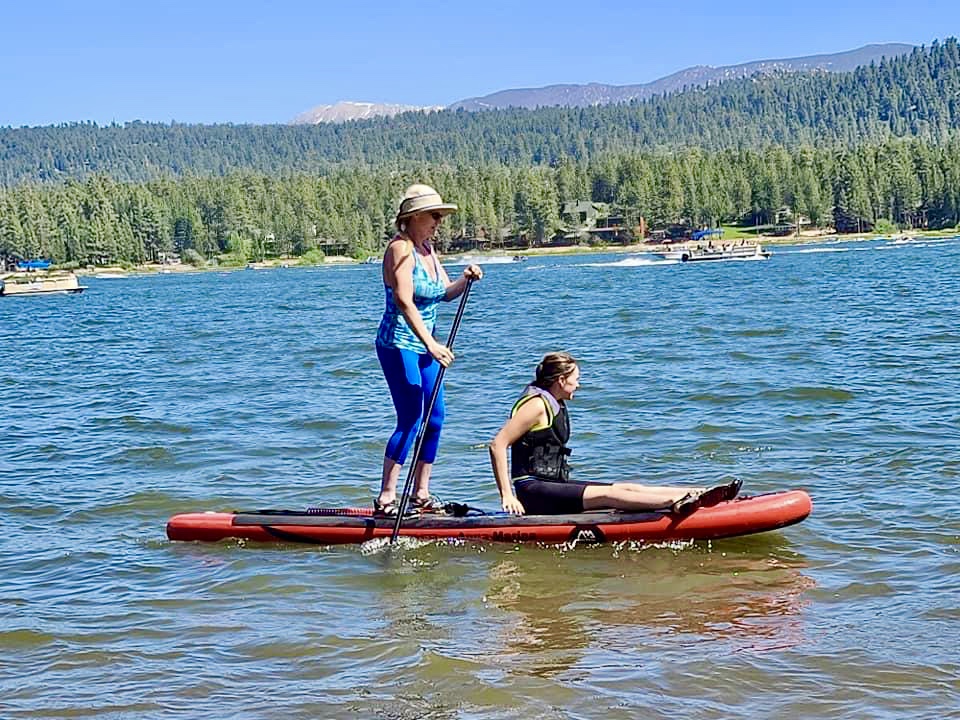Your Top 10 Inflatable Stand Up Paddle Board Questions Answered
We want to see you out on the water! Here are the answers to the top 10 inflatable stand up paddle board questions we are asked. Whether you're a beginner or looking to upgrade your gear, we've got all the answers to your pressing questions. From choosing the right inflatable stand up paddle boards to understanding their benefits, let's help you get paddling in no time!
1. What are the benefits of using an inflatable stand up paddle board versus a traditional hardboard?
An Inflatable stand up paddle board (iSUP) is super portable and easy to store. You don't need a huge garage or roof rack—just deflate, roll it up, and toss it in a backpack! Plus, they're pretty durable. They resist dings and scratches better than hardboards.
If you travel a lot or have limited storage space, an iSUP is a fantastic option. They're also versatile; you can use them on lakes, rivers, and even surf some waves. Overall, they're a great way to get into paddle boarding without the big commitment of a traditional board.
2. How do I choose the right size and type of inflatable paddle board for my needs (e.g., for beginners, yoga, touring, racing)?
Choosing the right iSUP depends on what you want to do. For beginners, go for something wide (around 32-34 inches) and stable. If you're into yoga, look for a board with a wide, stable deck. Touring boards are typically longer (over 12 feet) and more streamlined for better speed and glide. Racing boards are also long but much narrower, for high performance.
Always consider your weight too; check the board’s weight capacity to ensure it suits you.
3. What are the top-rated inflatable stand up paddle board brands or models on the market?
Some of the top-rated brands include Aqua Marina, iRocker, and High Society. Aqua Marina is known for its durability and performance and they come at a reasonable pricetag. iRocker has a lot of versatile options that are great for beginners and intermediates. High Society is also popular, offering excellent stability and build quality.
Each brand has different models tailored for specific activities, so you'll likely find something that fits your needs perfectly!
4. How do I properly inflate, deflate, and store an inflatable paddle board?
Inflating your iSUP is straightforward. Most come with a manual pump, but electric pumps are available for quicker inflation. Inflate it to the recommended PSI (usually between 12-15). To deflate, open the valve and let the air out; rolling the board from one end helps squeeze out the remaining air.
For storage, keep it dry and avoid extreme temps—both hot and cold. If you’ll store it for a while, partially inflated in a cool, dry place is best. This prevents creases and material stress.
5. What is the average lifespan of an inflatable stand up paddle board, and how durable are they?
An average iSUP can last anywhere from 3-5 years with regular use, and even longer if well taken care of. We have had our favorite paddle boards, our Aqua Marina Monsters for over six years and they are in great condition.
Durability-wise, modern iSUPs are made with strong, military-grade PVC, which makes them pretty tough. They can handle bumps, scrapes, and even mild punctures without much trouble. Just avoid dragging them over sharp rocks and make sure they're fully dry before storing to prevent mold and mildew.
6. What accessories should I consider purchasing along with an inflatable paddle board (e.g., paddles, pumps, fins, life jackets)?
When you buy an iSUP, you’ll usually get the basics: a paddle, pump, and sometimes a carrying bag. Other useful accessories include a high-quality adjustable paddle (carbon fiber for lightweight feel), an electric pump for quick inflation, and a leash to keep your board close if you fall off. A personal flotation device (PFD) or life jacket is essential for safety. Additionally, consider a waterproof phone case and a dry bag for your belongings.
7. Are inflatable paddle boards suitable for different bodies of water (e.g., lakes, rivers, oceans)?
Absolutely! iSUPs are incredibly versatile. For flat waters like lakes and calm rivers, a standard all-around board works well. For ocean paddling or waves, look for a board with a bit more rocker (the curve from nose to tail). Some boards are even designed specifically for whitewater, with extra durability and flex. Just make sure you choose the right type of board for the specific conditions you plan to paddle in.
8. How do inflatable paddle boards compare in terms of performance and stability?
While traditional hardboards tend to be faster and offer better performance for advanced paddlers, modern iSUPs are closing the gap fast. They’re remarkably stable, particularly the wider models. Performance-wise, they're easier to maneuver and more forgiving of mistakes, which is great for beginners. High-quality iSUPs have stiff, rigid designs that provide a solid feel underfoot, though they might be a bit slower than their hardboard counterparts. For most users, the trade-offs are minimal.
The most important consideration is really how you plan to use your paddle board. For example:
- Best Paddle Boards for Exercise
- Best Paddle Boards for Dogs
- Best Paddle Boards for Fishing
- Best Paddle Boarding for Two People
9. What is the typical price range for high-quality
inflatable paddle boards?
High-quality iSUPs typically range from $400 to $1,200. The lower end of the spectrum will get you a solid, beginner-friendly board with good durability. Mid-range boards ($700-$900) often include better construction materials and extras like a premium paddle or a superior pump. Top-of-the-line boards ($1,000+) offer advanced materials, superior performance, and are designed for specific activities like racing or long-distance touring. It’s a good idea to consider your budget and intended use to find the best fit.
10. Can inflatable paddle boards support different weights and how does weight capacity affect performance?
Yes, inflatable paddle boards can support a range of weights, usually between 200-350 pounds. Check the manufacturer’s weight capacity to ensure the board suits your needs. Exceeding the weight limit can affect stability and performance, making the board harder to paddle and control. If you’re close to the max capacity or plan to bring along gear or a pet, consider a board with a higher weight limit to ensure a smooth, enjoyable experience on the water. We like to paddle board with our kids or parents so we like a paddle board that is fun and also stable for two people. If you are on the heavier end of the spectrum or you may want to paddle with others read our page about paddle boarding with two people.
Final Thoughts
With these expert tips and insights, you're now ready to make an informed decision about your own inflatable stand up paddle board. Whether you’re exploring serene lakes or surfing ocean waves, the right board will enhance your adventure.
We hope to see you out on the water!





